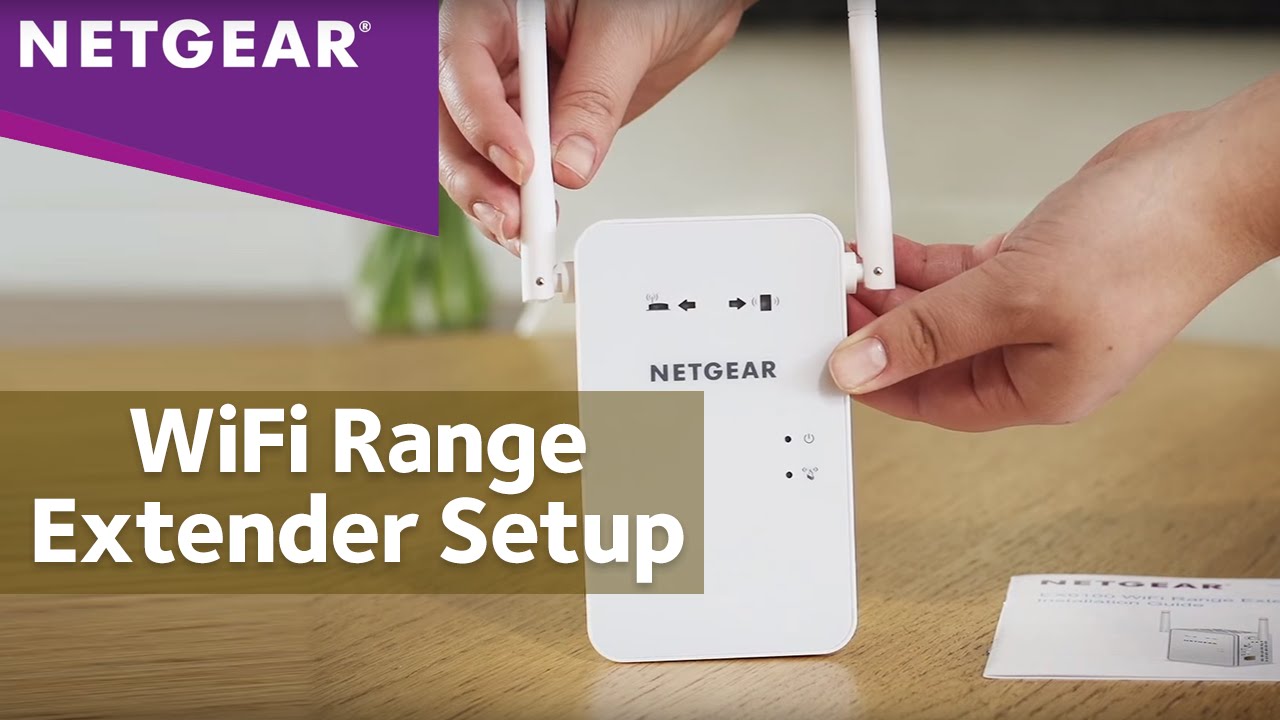
The LED light will turn blue to indicate a successful configuration. Press “Let’s Get Started” to start using your Xiaomi Mi WiFi repeater or extender. The default is “Wi-Fi amplifier.” Tap “NEXT.” living room, bedroom, dining room) and tap “NEXT.” If you want, you can rename the device. Perform the connection process once again.Ĭongratulations! Your Mi WiFi repeater is now added to your network. When the status light turns yellow, the repeater has been successfully reset. If the Xiaomi Home app is still unable to detect the Mi WiFi repeater, reset it by inserting a pin into the reset hole or button for 5 seconds. You can also check if you entered the wrong or incorrect WiFi password. Just return to repeater to the intended location after the connection was successful. If the setup keeps failing, you will have to bring the Mi WiFi repeater closer to the router.

Wait for the Mi Home app to configure the repeater. Select your router and select “Tap to enter password.” Choose your Xiaomi Mi Wi-Fi repeater by tapping on it. The app will detect the Mi WiFi repeater. There will be a notification to turn on Bluetooth. If you don’t have a Mi account yet, just click the “Create account” link to sign up. Wireless extender kits consisting of a powerline adapter module (connected to the wireless router) and a wireless extender module (integrated powerline networking and wireless access point) are available.On the app’s home screen, tap “Sign in.” You will then be asked to sign in to your Mi account. If Ethernet wiring is not an option, an alternative is powerline networking. Most wireless repeaters (or range extenders) are purpose-built, but certain wireless routers can be flashed with custom firmware such as DD-WRT to give them a 'range extender' option.Ī better option for extending wireless coverage is to configure a secondary box as a wireless access point, with a wired connection between a LAN port on this secondary box and a LAN port on the primary box (a router). For example, an older range extender that supports WEP and WPA will not be able to boost a WPA2-encrypted signal from a router. Security encryption compatibility also matters and must be at the same level of compatibility for the signal to be extended. 802.11ac equipment is backward compatible with 802.11n, 802.11g, or 802.11b equipment.Īn older range extender will not be able to repeat the signal of a newer generation router. 802.11ac is the most recent and third-generation Wi-Fi standard for wireless home networking. However, 802.11ac runs at 5 GHz and requires an access point capable of 5 GHz operation. Most 802.11 compliant devices are backward compatible. There are wireless range extending devices that conform to all 802.11 protocols. Some wifi range extenders have an ethernet port to also provide a wired connection. With those repeaters, you can still use your wall socket while using the repeater. Some wireless repeaters have a power outlet. USB supports not only the data transfers required for networking, but it also supplies a power source so that these adapters do not require electrical plugs. These USB adapters add Wi-Fi capability to desktop PCs and other devices that have standard USB ports. Some wireless range extending devices connect via a USB port. Older devices don't always support WPA2, so while the original network might be secure, the secondary one is potentially open.įurthermore, the quality of the connection to an extender is generally worse than if connected to the host access point.


Since only one wireless device can transmit at once, wireless transmissions are doubled (router to the repeater and then repeater to the client versus just router to the client), and so:



 0 kommentar(er)
0 kommentar(er)
